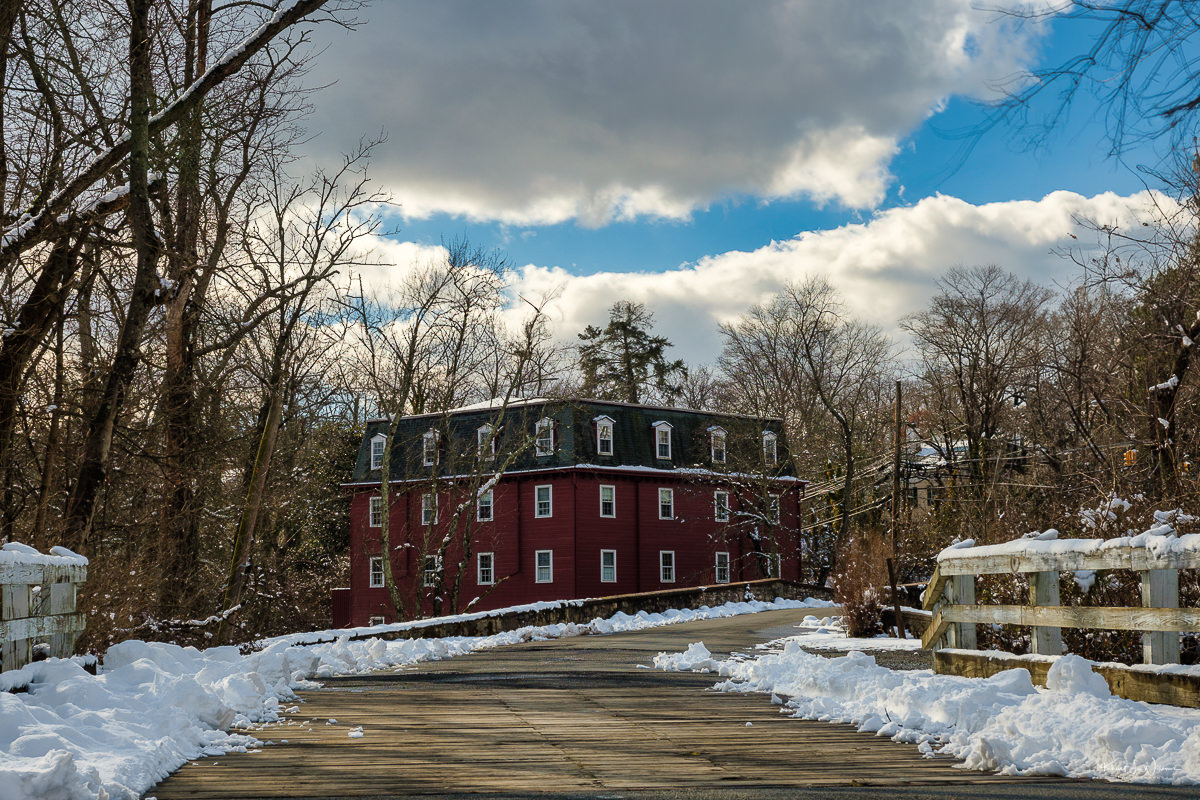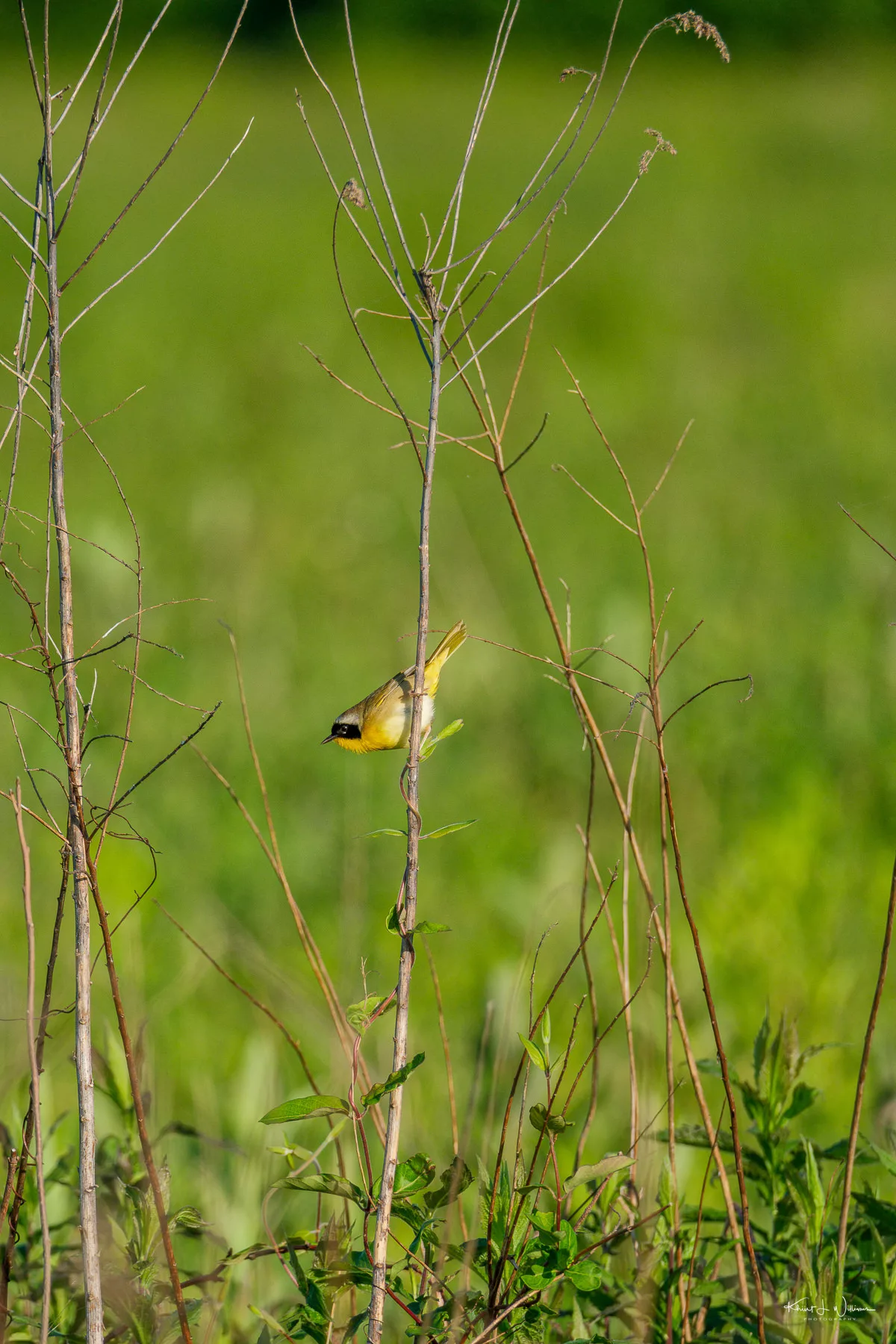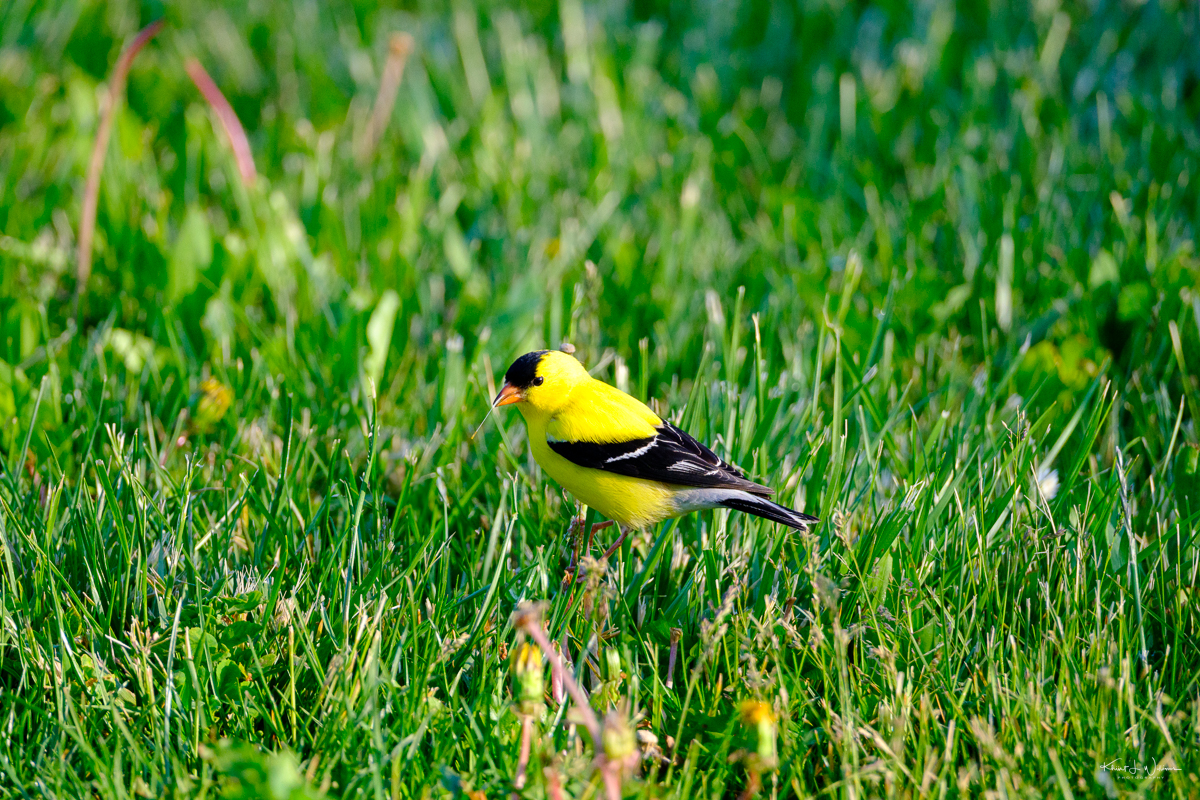It's mid-February as I write this, and I've just realized I haven't posted any new photos on the blog since October. I've been feeling a bit down lately. Between health issues in 2018 and 2019 and the pandemic lockdown, it's been a rough few years. I'm feeling pretty burned out. My last real break was a spring break trip to see my dad in 2017.
Career-wise, things haven't been going as planned. Finding work in security architecture locally has been tough, and it looks like I might need to start commuting to New York City again.
The pandemic has hit me harder than I'd like to admit. My social circles, which used to meet up in person, have gone virtual, and it feels like we might not meet face-to-face again. I miss those casual pub gatherings after meetings. To be honest, life has been quite challenging lately, and I can't help feeling a bit bitter.
I've mostly stayed home, binge-watching shows, except for my weekly brewery visit. But staying indoors isn't good for me. Without getting outside, how will I find inspiration for my photography? This Saturday morning, I decided it was time for a change. I grabbed my tripod, attached my XF16-55mmF2.8 R LM WR and L-bracket, and went out for a drive.
My first stop was the Kingston Grist Mill in the Kingston Village Historic District. As I positioned my camera, the contrast between the rich, red facade of the mill and the snow-draped surroundings was too enchanting to pass by without capturing.
The mill, with its deep crimson wood, is one of my favourite subjects. Its dark shingled roof, sprinkled with a light dusting of snow, houses a row of dormer windows. Their white trim reflects the day's soft light, providing a (false) sense of warmth against the cold.
The wooden bridge leading to the mill is a remnant of Lincoln Highway (now Route 27). The Lincoln Highway, one of the earliest transcontinental highways for automobiles across the United States, stretches across many states, from Times Square in New York City to Lincoln Park in San Francisco.
Beside the bridge, the remnants of snowfall cling to the rough bark of trees, and beyond the mill, leafless branches reach toward the sky, forming silhouettes against the clouds. The sky itself is a dynamic backdrop, showing a brilliant blue with clouds that are fluffy and white.
There's a calm in this scene, a gentle reminder for me to enjoy the slow pace of winter days.



